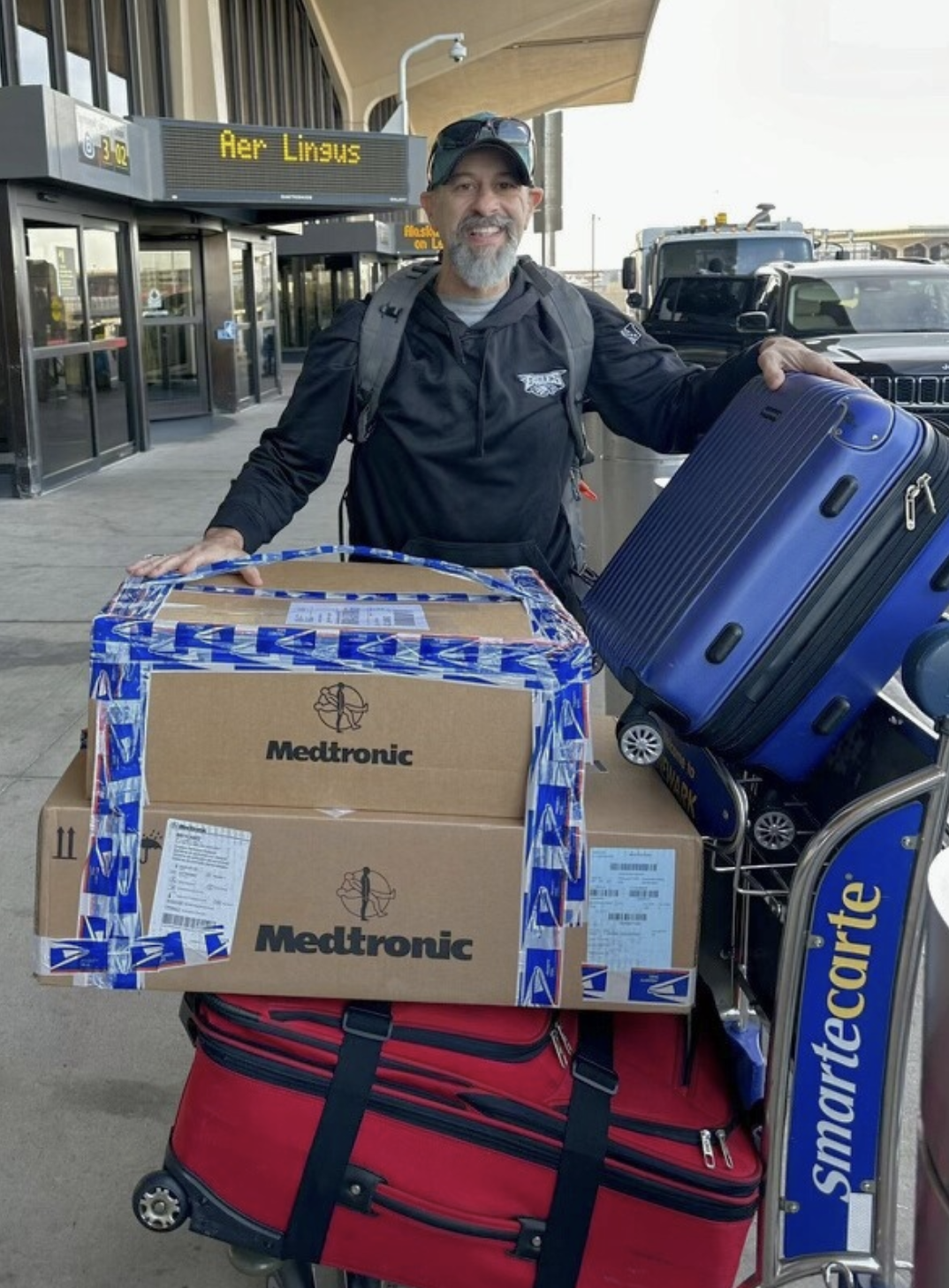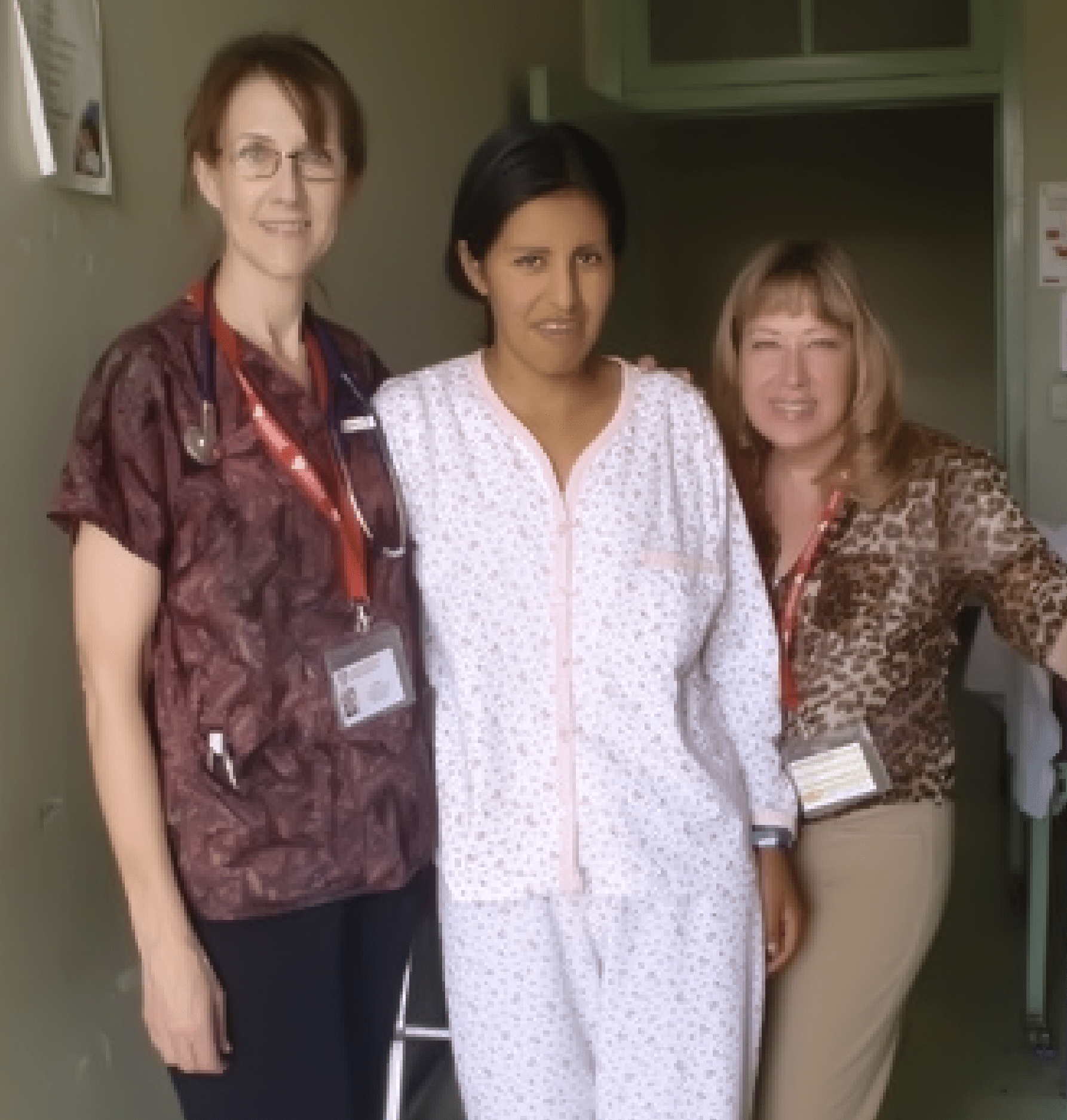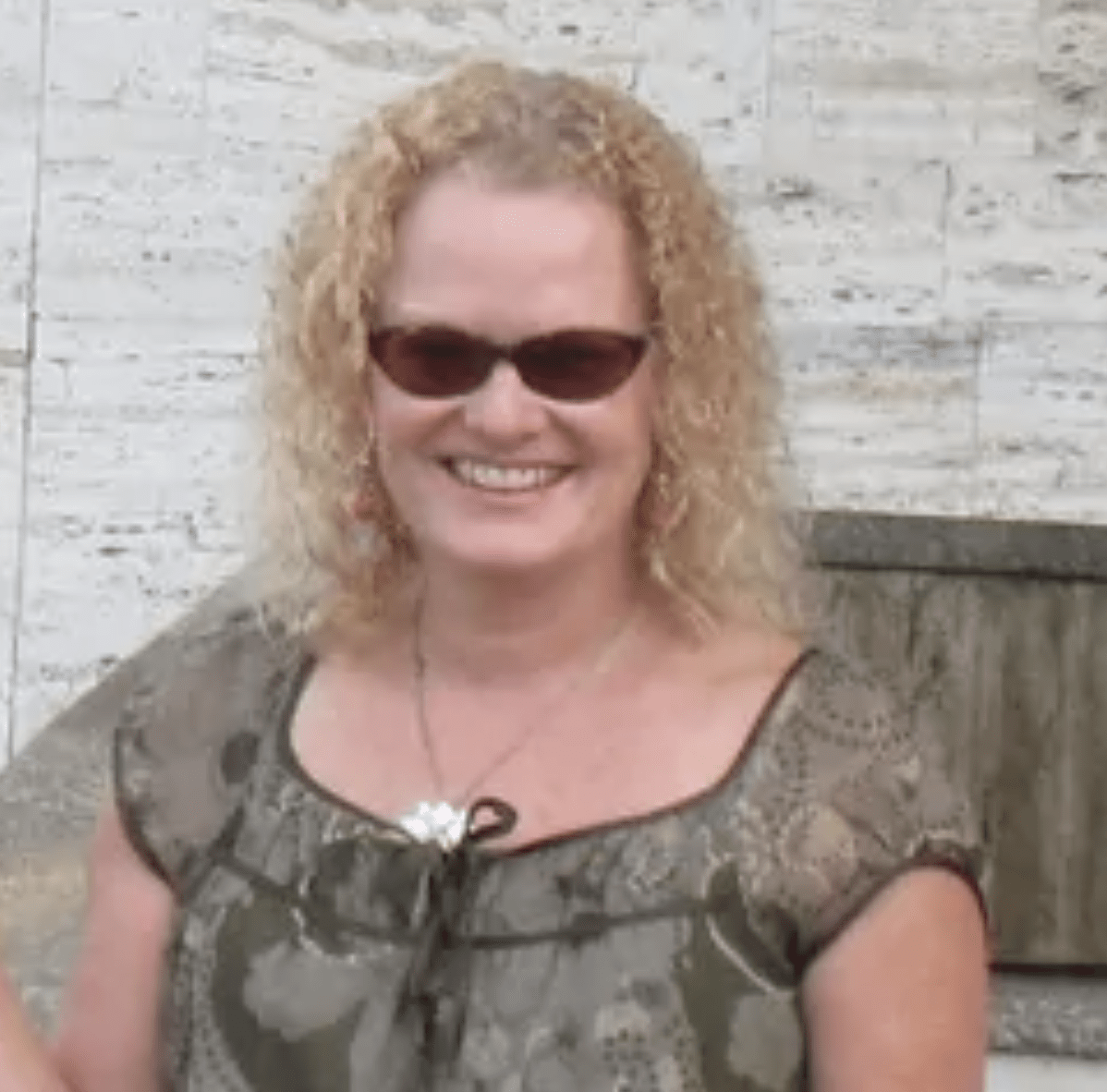Articles

Mark Napoli
CardioStart Volunteer

Medical Missions:
Opportunities for a Global Impact as an RT
Medical Missions:
by Dora Cardillo, BS, RRT-NPS, CPFT Imagine flying alone into a developing country to join a team you’ve never met, to do your daily job as a respiratory therapist during your vacation time, to work with outdated equipment and a language barrier. All the rewards and challenges of being an RT are multiplied exponentially on medical missions. So why go? Quite simply, I know the patients have life- threatening illnesses with no local resources to help them; and I can be part of their healing. I love critical care, and the Good Lord has given me opportunities I never dreamed of, such as cardiac surgery trips to Ukraine, Ecuador, and Peru with International Children’s Heart Foundation (ICHF) and Cardiostart International, both outstanding programs.Imagine having three infant cardiac surgery patients on ventilators and having the hospital suddenly run out of oxygen. Ventilator alarms going off and saturations dropping, the local resident tells you in Ukrainian, “We feex,” and points to the clock to indicate this should happen in about 25 minutes. He then goes back to reading his book. On one mission, the 1970s German ventilator at the hospital suddenly started spewing water from the air hose inlet. Someone forgot to empty the huge water trap for the hospital’s compressor. The toddler on that ventilator was bagged by her own personal RT for hours until she woke up from surgery.

Dora Cardillo

I wheezed on my first trip at the idea of using a Russian ventilator because I couldn’t understand the alarm messages. By my second trip, I had used vents in Russian, German, Swedish, and even English. No sweat.Some mission situations may sound similar to our normal RT jobs, like being so busy that a bathroom break takes strategic planning.Cardiac patients in developing countries are often sicker than you would expect because they have lived so long with their disease. I’ve seen school-aged children with saturations in the 60s and clubbed digits the size of grapes. Often, the adults present with three heart valves destroyed by rheumatic fever. Many times we dealt with pulmonary hypertension without nitric oxide; and regardless of the degree of hypoxemia, home oxygen is not an option in poor countries.The team members brainstorm constantly because the bottom line is we use any resources available and try not to focus on what’s lacking. Despite the obstacles, most patients have impressive outcomes comparable to major medical centers in the United States. Poverty is always difficult to see. Many families in Ecuador would sleep on the sidewalk outside the hospital waiting to have their children assessed by the team. I would take extra food from the hospital lunchroom to leave in the waiting room for people who had nothing to eat. In the end, being able to help a little is better than not helping at all, but it’s still heartbreaking to witness.The rewards are as extraordinary as the challenges. One Ukrainian hospital wouldn’t allow parents in the pediatric ICU, so they waited anxiously in the post-op ward. I had the privilege of carrying three-year-old Maria out of ICU the day after her cardiac surgery. This beautiful girl with Down Syndrome snuggled her face into my neck and promptly melted my heart. Her mother was overjoyed at finally seeing her daughter and how well she looked. She expressed her gratitude by pointing to her heart and motioning toward me as she said “thank you” repeatedly in Ukrainian. Thank you from her heart.I always take a portable photo printer with me. I gave one young mother a picture of her son; and she danced in circles, hugging the picture to her chest. It probably was her first picture of her one- year-old child. Can you imagine? These were very rich moments from this mom to those moms.One stoic gentleman who had a huge tumor removed from his atrium in Peru told me that he wanted to visit us when the mission group returned. This was no small feat; he lived in a remote mountain village with significant poverty, but he wanted to bring us a gift from his village and to show us that he would follow our instructions diligently and be healthy when we saw him again. Best-case scenario: the patient does his part and we do ours.Imagine being part of an incredible healing process for someone with a life-threatening diagnosis in a poor country, hoping for a miracle. It’s an amazing opportunity.
Taking nursing back to its roots with CardioStart
by Maryam Ocasio, RN, BSN
Nurses working in a hospital in the United States can sometimes feel like they are in a hopeless cycle of working long shifts, while wondering if they’re making any difference in their patients’ lives. They spend more time documenting their patient interactions than actually having them. The long arduous shifts wear on them over time, leading them to wonder when and how their passion for nursing burned out.Humanitarian medical missions take nursing and healthcare back to its roots. CardioStart is an international nonprofit organization that brings doctors and nurses from all parts of the world to provide lifesaving cardiac surgeries and services in underserved regions of the world. CardioStart has successfully completed 111 missions in 34 countries, performing over 2000 heart surgeries in children and adults and counting. Diana S. Klein RN, BSN, CCRN is a teacher and an advanced critical care nurse who has volunteered with CardioStart for over 20 years. After her first mission in 2002, she was “hooked.” To date, she has gone on over 10 missions to Uganda, Dominican Republic, Haiti, and most recently to Ecuador. The missions can be as short as five days long or as long as two weeks. Klein’s diverse background allows her to work in a primary care setting as well as surgical. In primary care, they set up a clinic so that the locals can see a doctor and dentist, many times for the first time in their lives. They provide basic prenatal care such as performing ultrasounds and giving vitamins to expectant mothers. Klein has assisted countless cardiac surgeries, repairing congenital heart defects and more.
by Maryam Ocasio, RN, BSN

Maryam Ocasio

Diana S. Klein
The missions have taught her the importance of recycling, reusing, and reducing waste. Klein has learned to be a “macgyver nurse,” being resourceful, and thinking outside the box. What may be considered disposable in the states could save someone’s life while on a mission from IV catheters, to ambu bags, to ventilators. “I went to my first cardiac mission in Hospital del Niño, Panama city and we did 5 or 6 or 7 cases using the same blood pressure cuffs and the same ambu bags and these kids flourished.”As inspiring as the missions are, they are not without their challenges. “It’s not for the faint of heart. There’s such a thing as culture shock. You have to be prepared for working in very different circumstances,” says Klein. “Just when I was in Ecuador, I was in a 6.8 earthquake… I was running for my life. So, you got to learn how to keep yourself safe, basically.”
These challenges, however, do not deter Klein in the slightest. She has learned to appreciate the richness of different cultures, even picking up a couple of languages along the way. “This is bigger than just the small picture that we see. When you become a medical missionary you see a bigger picture. I have a beautiful picture from being a nurse in the United States and the colors were beautiful, but then I became a medical missionary and it made the colors of my painting even more vivid.”So what about the nurses who would like to help but aren’t able to physically go on a mission? Klein’s advice to them is to start saving supplies. Try to save anything from disposable stethoscopes and gauze to IV tubing and ambu bags and contact your local Cardiostart office, or visit their website.Diana currently lives on a farm and collects medical supplies through colleagues and family members to send to countries in need. She hasn’t let her responsibilities on the farm stifle her drive for mission work.“I am on my knees, grateful for the blessings that God has given me and because of that I have a passion to give back. I’ll be doing this until I can’t carry a backpack.”
The missions have taught her the importance of recycling, reusing, and reducing waste. Klein has learned to be a “macgyver nurse,” being resourceful, and thinking outside the box. What may be considered disposable in the states could save someone’s life while on a mission from IV catheters, to ambu bags, to ventilators. “I went to my first cardiac mission in Hospital del Niño, Panama city and we did 5 or 6 or 7 cases using the same blood pressure cuffs and the same ambu bags and these kids flourished.”As inspiring as the missions are, they are not without their challenges. “It’s not for the faint of heart. There’s such a thing as culture shock. You have to be prepared for working in very different circumstances,” says Klein. “Just when I was in Ecuador, I was in a 6.8 earthquake… I was running for my life. So, you got to learn how to keep yourself safe, basically.”



